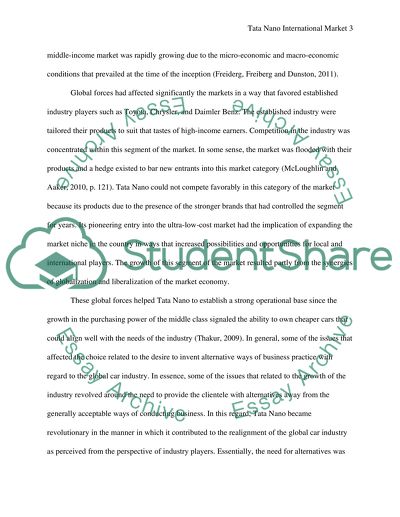Cite this document
(“Tata Nano International market Essay Example | Topics and Well Written Essays - 2750 words”, n.d.)
Retrieved from https://studentshare.org/marketing/1463140-tata-nano-international-market
Retrieved from https://studentshare.org/marketing/1463140-tata-nano-international-market
(Tata Nano International Market Essay Example | Topics and Well Written Essays - 2750 Words)
https://studentshare.org/marketing/1463140-tata-nano-international-market.
https://studentshare.org/marketing/1463140-tata-nano-international-market.
“Tata Nano International Market Essay Example | Topics and Well Written Essays - 2750 Words”, n.d. https://studentshare.org/marketing/1463140-tata-nano-international-market.


